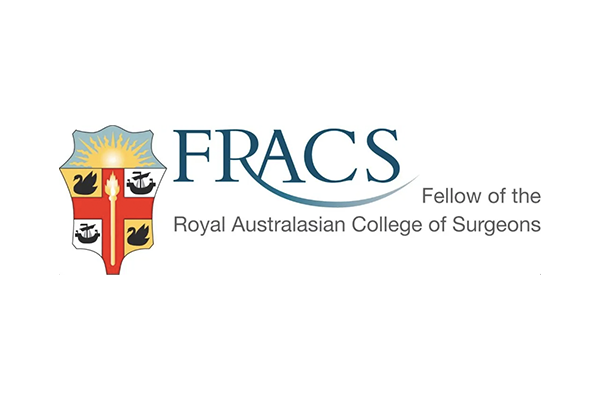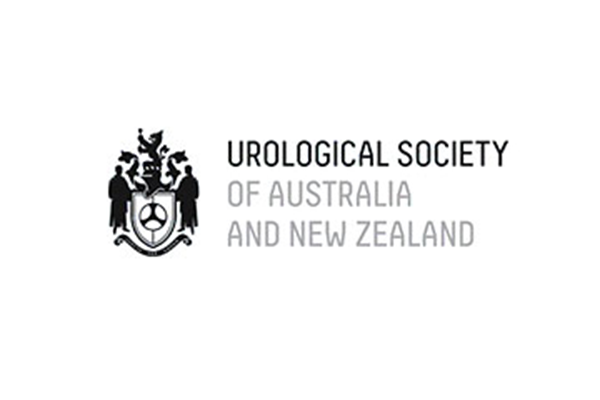Kia ora, welcome to Urology Associates
Urology Associates is a group practice, based in Christchurch and Queenstown, providing private urological care. Established in 1982, we are the longest continuously running private specialist medical practice in New Zealand.
We offer the greatest breadth of urological expertise of any urology practice in New Zealand. As well as caring for the urological problems of men such as prostate cancer, difficulty passing urine and sexual dysfunction, we also offer comprehensive treatment of female urology and pelvic health as well as the care of children. As a group of ten urological surgeons, we work across both public and private sectors.
Based at Forté Health in central Christchurch, our practice caters for procedures in our rooms and our surgeons also operate at the three private Hospitals in Christchurch: Forté Health, Southern Cross and St George’s. We also run regular clinics and undertake procedures in our Queenstown rooms at Lake Hayes.
Our surgeons all have international training, offering cutting edge technology such as robotic and laser treatments as well as prosthetic surgery for conditions such as cancer, kidney stones and sexual dysfunction. Our paediatric urologists see boys and girls with problems such as wetting, urine infections and genital problems.
We employ a dedicated team of nurse specialists who assist our urologists as well as a number of administrative staff to make your journey through our services easier. We have a dedicated ACC co-ordinator to assist our patients who have ACC claims.
Our urologists also form the Urology Departments at Christchurch Hospital and Burwood Spinal Unit. Urology Associates additionally provides the urology care to Health NZ Te Whatu Ora Te Tai o Poutini West Coast and South Canterbury.
We also have a research arm, through the Canterbury Urology Research Trust (CURT), regularly undertaking clinical trials for cutting edge urological treatments.
Male Urology
Specialists in male urology. A caring environment, unmatched expertise and the lastest technology.
Paediatric Urology
With two specialist paediatric urologists that provide care to boys and girls with urological issues.







